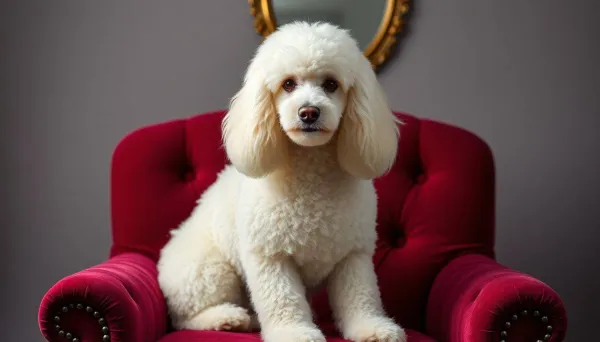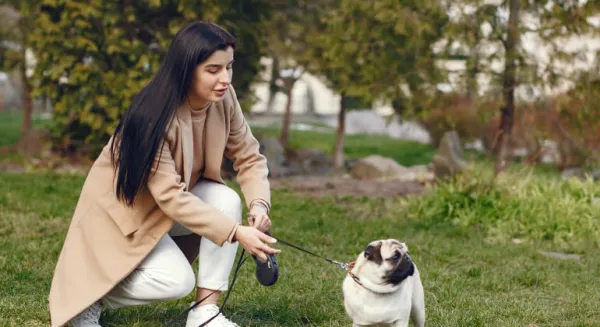Introduction
The Cavalier King Charles Spaniel is a small, affectionate, and elegant toy breed known for its graceful appearance and friendly nature. Often called a “lap dog,” this breed is cherished for its companionship, adaptability, and loving personality. If you’re considering adding a Cavalier to your family, this guide covers everything you need to know about this beloved breed.
History and Origin
The Cavalier King Charles Spaniel has a royal lineage, dating back to the 17th century. Named after King Charles II of England, who adored these dogs, they were bred to be companion animals for the aristocracy. Over the centuries, the breed evolved, eventually being recognized by major kennel clubs, including the American Kennel Club (AKC) in 1995.
Physical Characteristics
- Size: 12–13 inches (30–33 cm) in height
- Weight: 13–18 lbs (6–8 kg)
- Coat: Long, silky, and feathered
- Colors:
- Blenheim (chestnut and white)
- Tricolor (black, white, and tan)
- Black & Tan
- Ruby (solid red)
Temperament and Personality
Cavaliers are affectionate, gentle, and friendly. They thrive on human interaction and are highly social with children, other dogs, and even cats. Due to their strong attachment to owners, they can suffer from separation anxiety if left alone for long periods.
Ideal for:
✔️ Families with kids
✔️ Seniors looking for companionship
✔️ Apartment dwellers
Exercise and Activity Needs
Although small, Cavaliers are energetic and require moderate exercise to stay healthy. Daily walks, playtime, and interactive toys help prevent boredom.
✅ Recommended Activities:
- 30–45 minutes of daily exercise
- Fetch, agility training, and scent games
- Indoor play if space is limited
Grooming and Maintenance
- Brushing: 3–4 times per week to prevent tangles
- Bathing: Every 4–6 weeks
- Nail Trimming: Every 3–4 weeks
- Ear Cleaning: Regularly to prevent infections
Cavaliers are moderate shedders, requiring consistent grooming to maintain their coat's health.
Training and Intelligence
Cavaliers are intelligent and eager to please, making training relatively easy. Positive reinforcement methods, like treats and praise, work best. Early socialization helps prevent timid or anxious behavior.
Best Training Tips:
✔️ Start training early (8 weeks old)
✔️ Keep sessions short and engaging
✔️ Use rewards-based training
Lifespan: 12–15 years
Routine vet checkups, a healthy diet, and exercise can help prevent many health issues.
Diet and Nutrition
A balanced diet is essential for maintaining the Cavalier’s health.
Feeding Guidelines:
✔️ High-quality kibble or raw diet
✔️ Protein-rich meals (chicken, fish, lamb)
✔️ Portion control to prevent obesity
Living Environment and Adaptability
Cavaliers are highly adaptable and do well in apartments, suburban homes, or rural areas. They are not suited for extreme weather—so extra care is needed in hot or cold climates.





